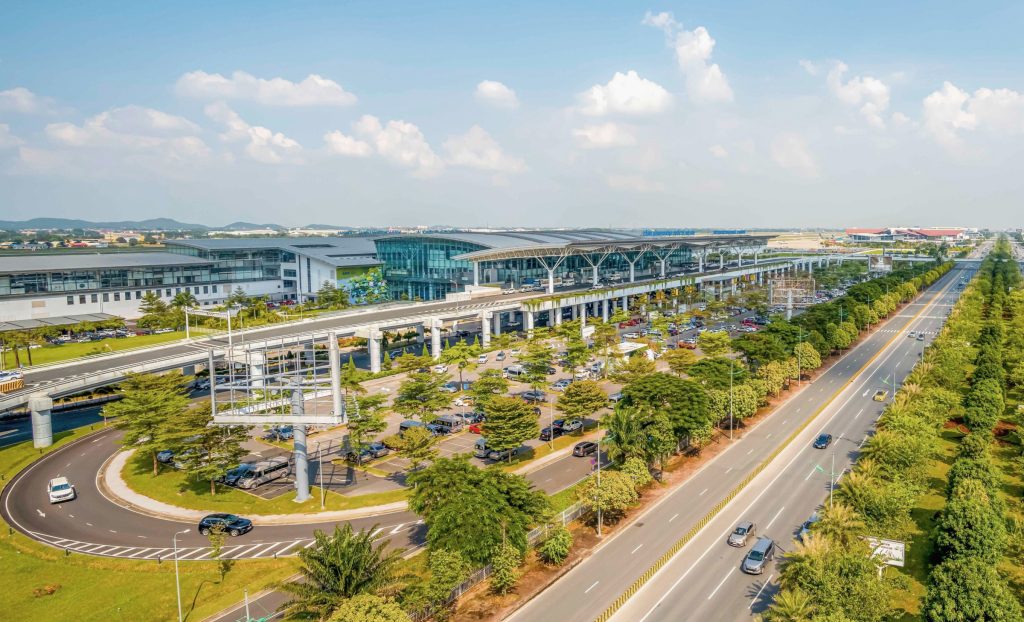VIETNAM METROPOLIS INFRASTRUCTURE IN PROGRESS
Recent infrastructure advancements in Hanoi Capital City and Ho Chi Minh City are allowing for the expansion of urban areas and meeting the housing needs of Vietnam’s rising populations. Following a period of constrained investment after 2016 due to stringent anti-corruption efforts, there is a renewed emphasis on expanding and modernizing the current highway network. Key projects include the second phase of the 12 North-South Expressway component projects, three East-West axial expressways, two belt roads, and the Long Thanh International Airport.
NOI BAI INTERNATIONAL AIRPORT’S T2 TERMINAL EXPANSION
In May 19, Prime Minister Pham Minh Chinh attended the groundbreaking ceremony for Package No. 12, which involves the construction, supply, and installation of equipment for the expansion of Noi Bai International Airport’s T2 international passenger terminal. The goal is to increase the terminal’s total floor area to 200,100 square meters and boost its annual capacity from 10 million to 15 million passengers.
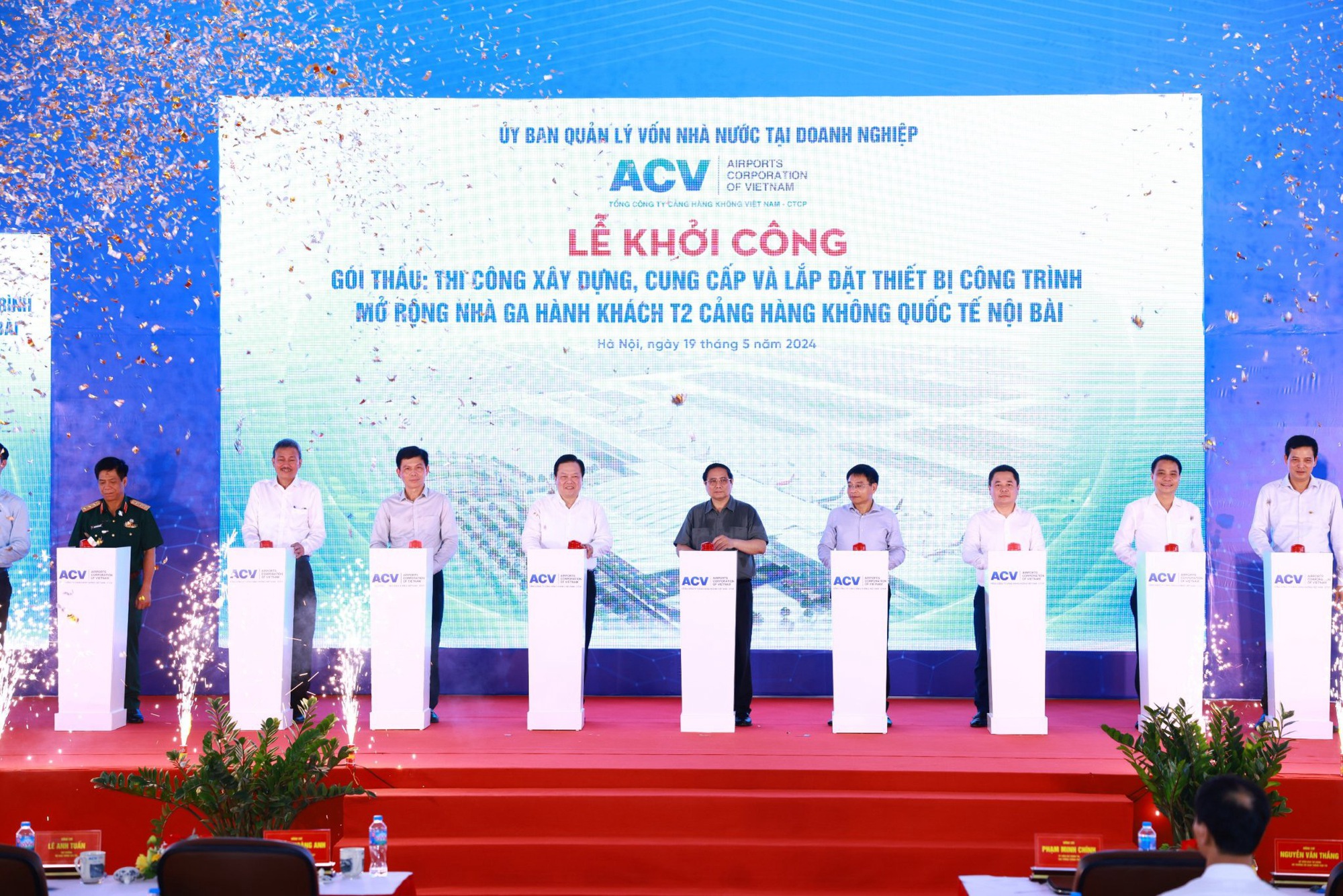
Noi Bai International Airport is the second busiest airport in the country, with nearly 30 million passengers in 2023, and the largest cargo throughput at approximately 700,000 tons. It is a key hub for specialized flights and the highest priority for national security. playing a vital role in Hanoi’s and Vietnam’s development. As the ultimate gateway to the capital city, it frequently hosts international delegations and heads of state. According to the 2021-2030 master plan for national airport development, Noi Bai International Airport aims to accommodate 60 million passengers annually by 2030, and 100 million by 2050.
MAI DICH BRIDGES
In early May 2024, two urban bridges at Mai Dich intersection were officially opened to traffic as part of the Mai Dich-Nam Thang Long-Hanoi Belt Road No. 3 viaduct project. This initiative aims to alleviate traffic congestion in Hanoi’s vibrant west side, ensuring the promotion of trade and smoother transport of passengers and goods between the city center and northern areas. After exiting the Mai Dich overpass, vehicles can either proceed onto Belt Road No. 3 towards Thang Long Bridge and Noi Bai International Airport or turn right onto Hoang Quoc Viet and Co Nhue.
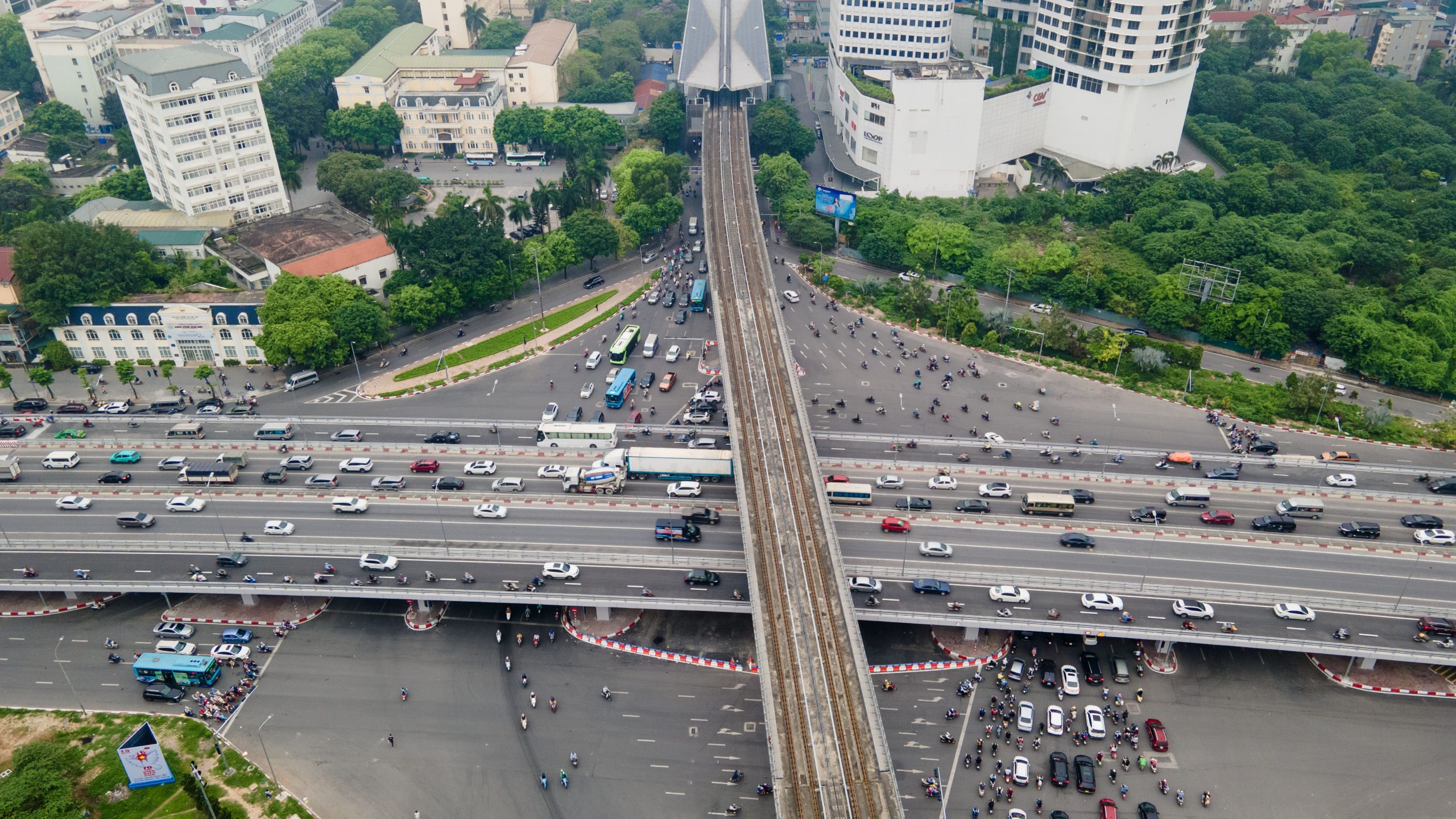
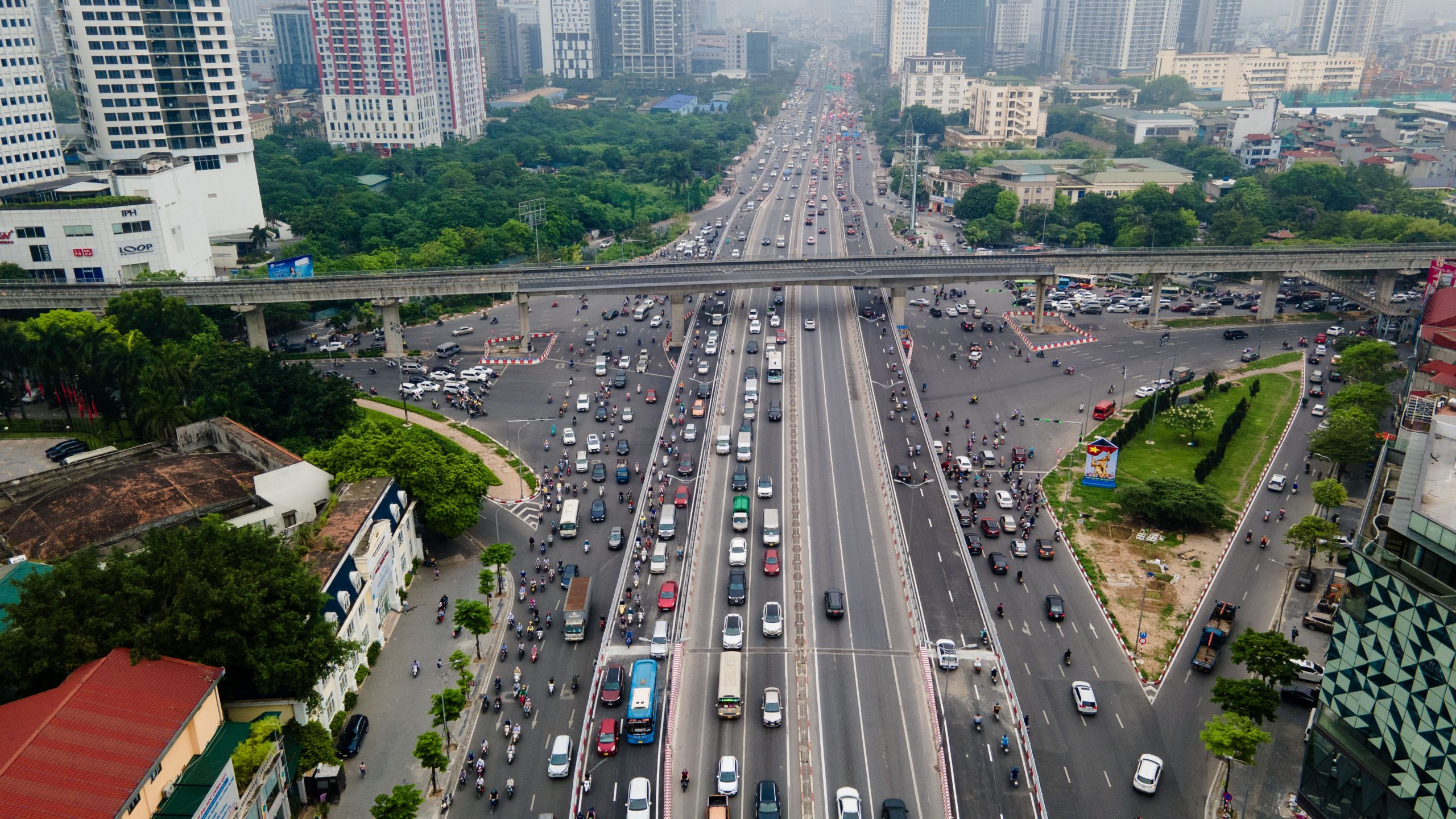
RENOVATION AND EXPANSION OF LANG STREET ON THE BELT ROAD NO. 2
The Hanoi Department of Transport is carefully assessing pivotal transport infrastructure initiatives, including the expansion of Belt Road No. 2, which spans both elevated and ground-level sections from Nga Tu So in Dong Da District to Cau Giay District. This effort is a key part of our urban development strategy to complete the city’s traffic loops and alleviate congestion at the Nga Tu So intersection. It will also enhance the functionality of the existing elevated route from Vinh Tuy to Nga Tu So, improving traffic circulation and supporting real estate values in the vicinity.
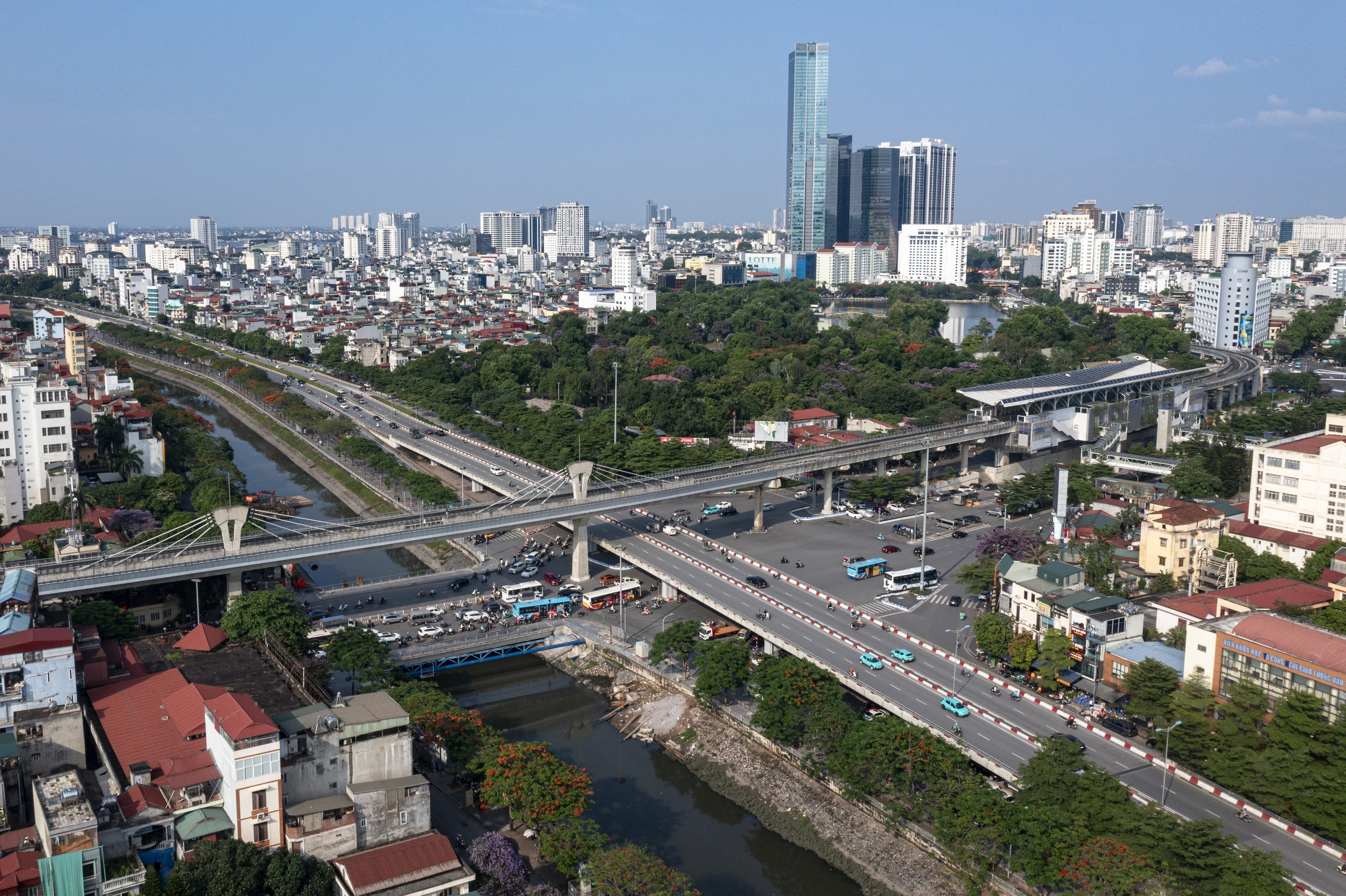
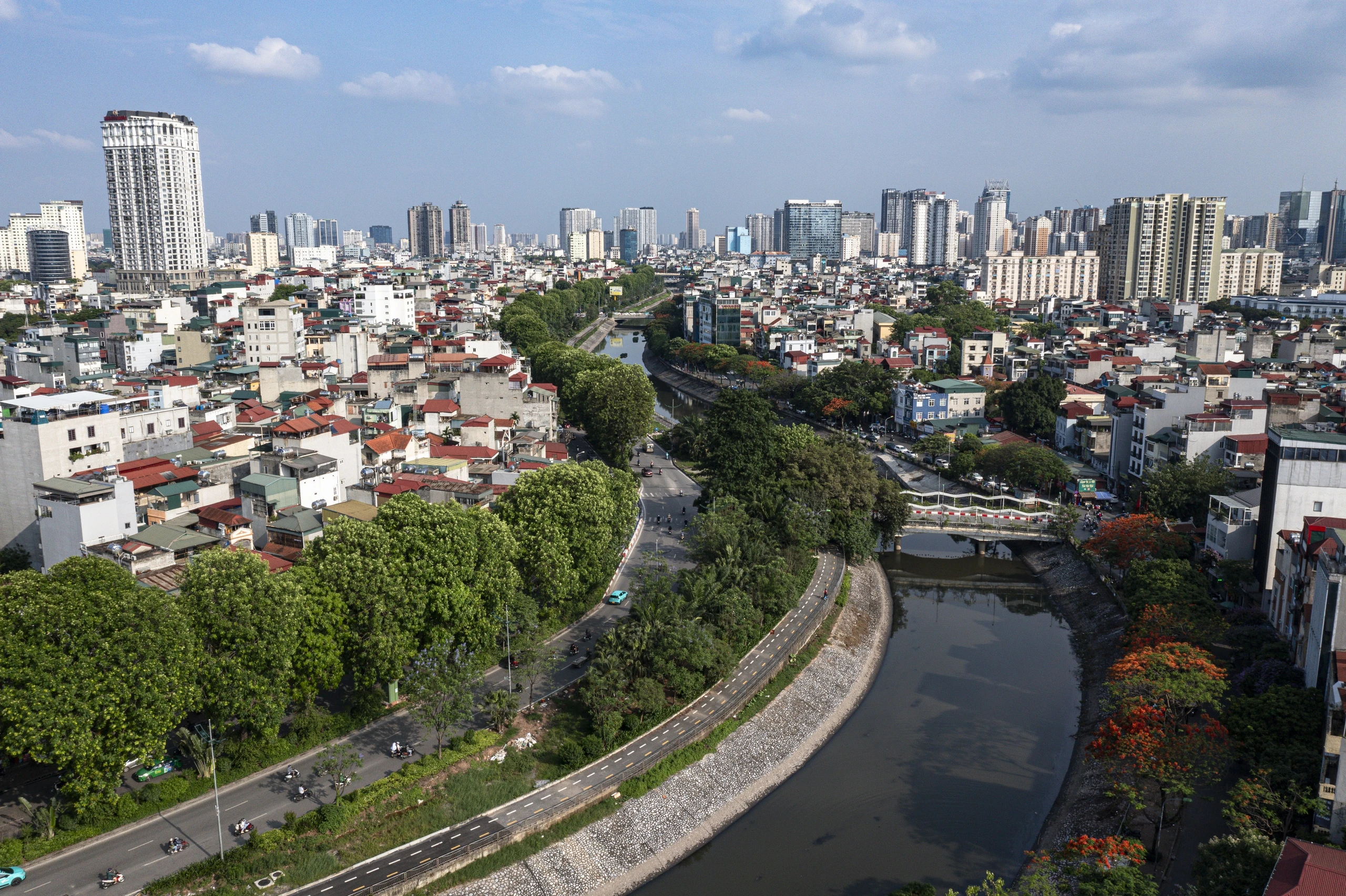
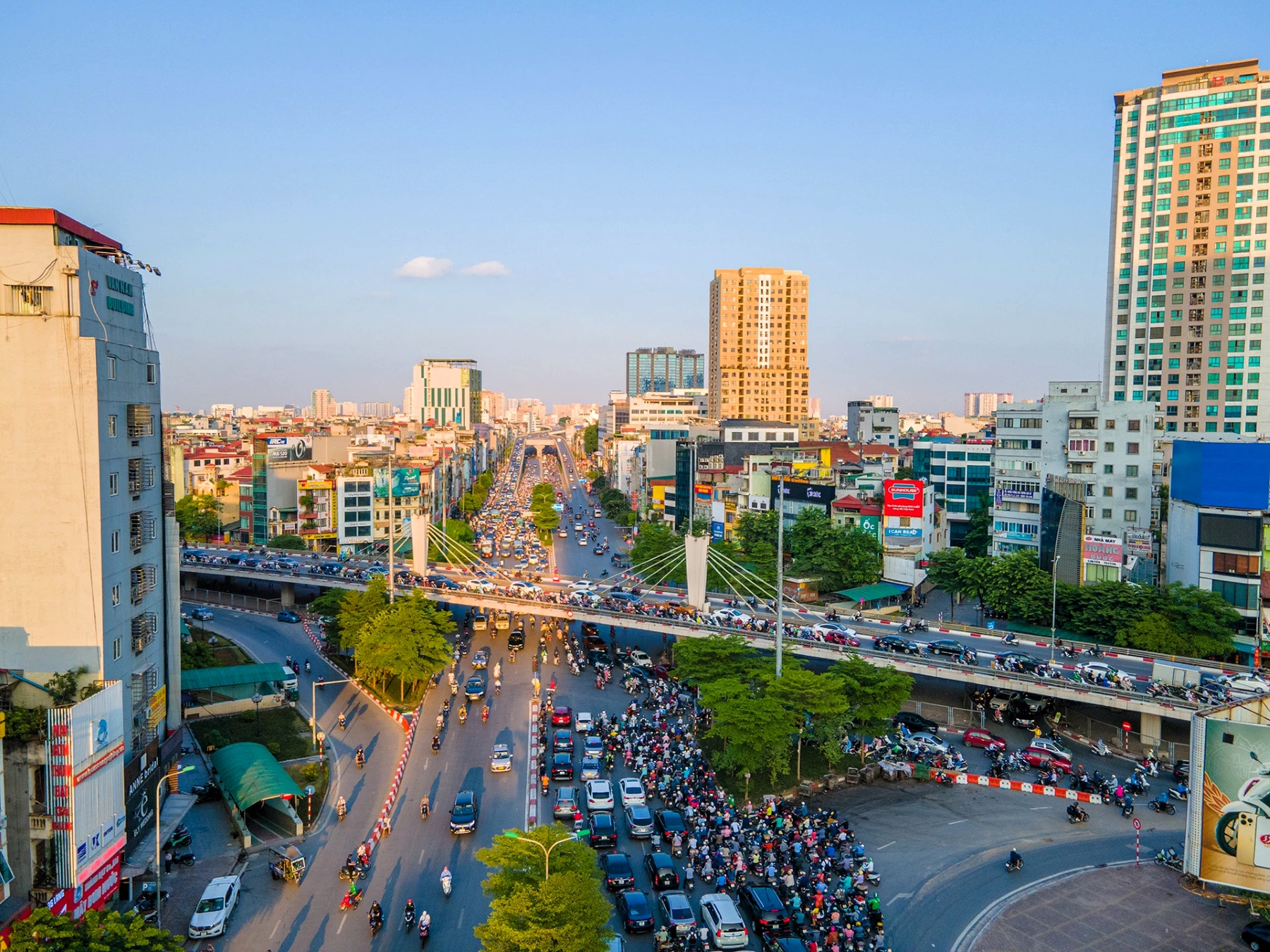
NHON-HANOI URBAN RAILWAY
The Nhon-Hanoi Station urban railway extends over 12.5 kilometers, with construction initiated in September 2010. The route commences at Nhon Station and concludes at Hanoi Station, encompassing 8.5 kilometers of elevated track and 4 kilometers subterranean. It passes through the districts of Bac Tu Liem, Nam Tu Liem, Cau Giay, Ba Dinh, Dong Da, and Hoan Kiem.
Projected to commence operations in July 2024, the railway designed with four carriages, each capable of accommodating over 230 passengers. During peak hours, the trains operate at a frequency of every 7.5 minutes, averaging eight trips per hour per direction. Consequently, the Nhon-Hanoi metro can handle a maximum transport capacity of over 7,500 passengers per hour per direction.
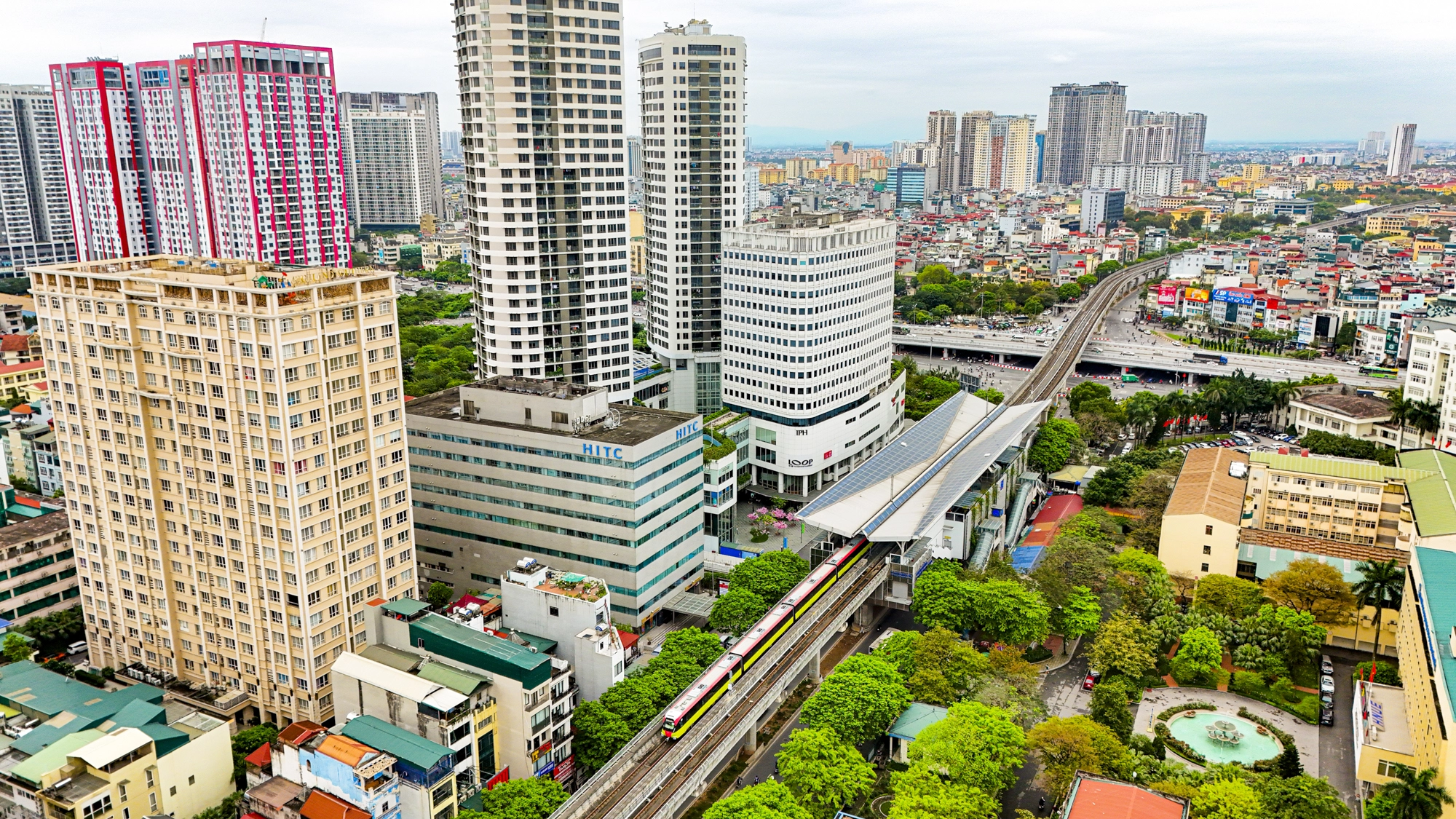
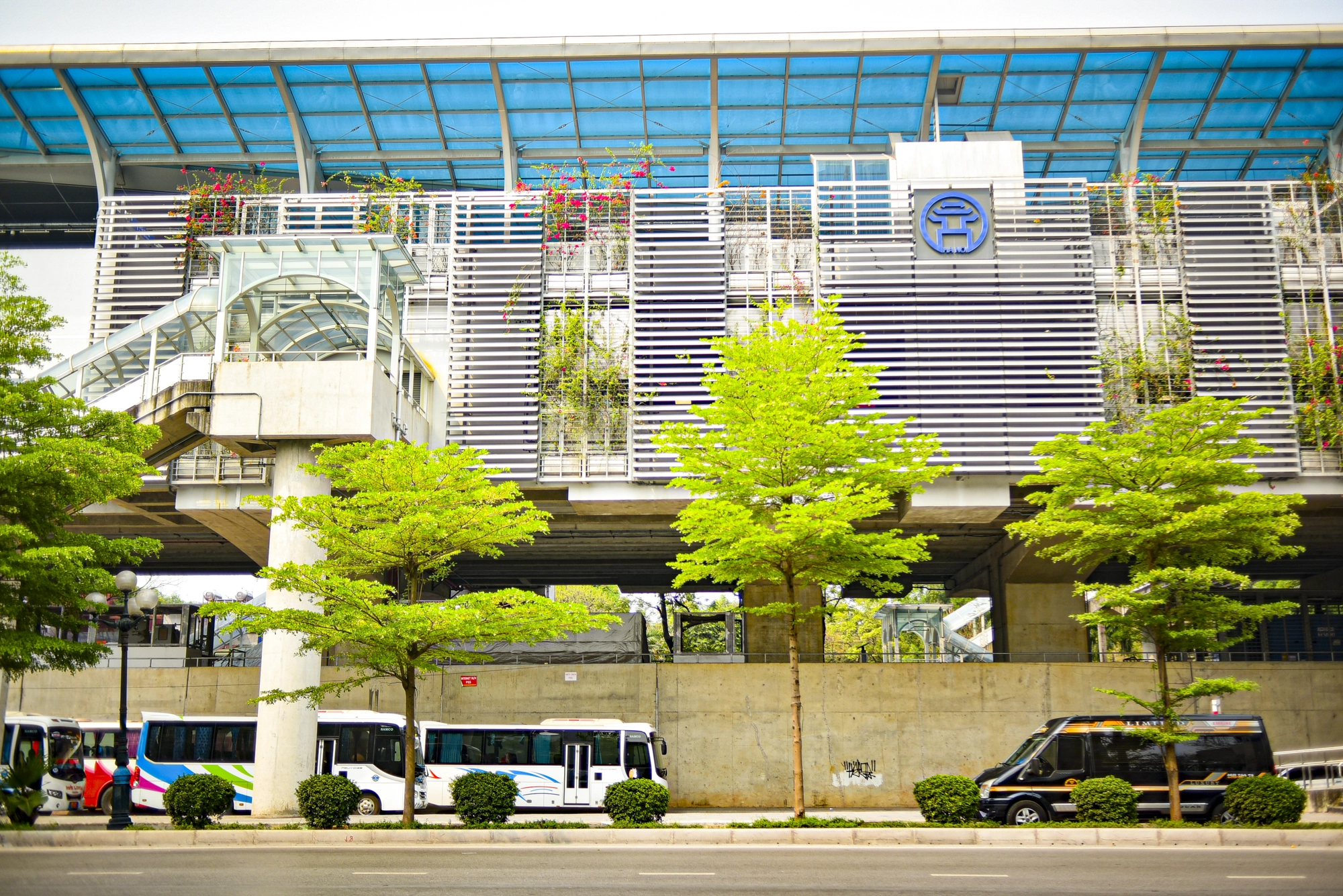
AN PHU INTERSECTION
Initiated in December 2022, the construction of the An Phu intersection is set to make it the largest of its kind in Ho Chi Minh City. With a total funding exceeding 3,400 billion VND, the project has progressed to 30% completion. This development aims to mitigate traffic bottlenecks in the city’s eastern region. The anticipated completion date is April 30, 2025, which will enhance the flow of vehicles and improve connectivity between Vietnam’s largest port Cat Lai, Tan Cang – Cat Lai Terminal, the Ho Chi Minh City – Long Thanh – Dau Giay expressway and key routes such as Hanoi Highway, Mai Chi Tho Avenue, Dong Van Cong, Luong Dinh Cua, and Nguyen Thi Dinh.
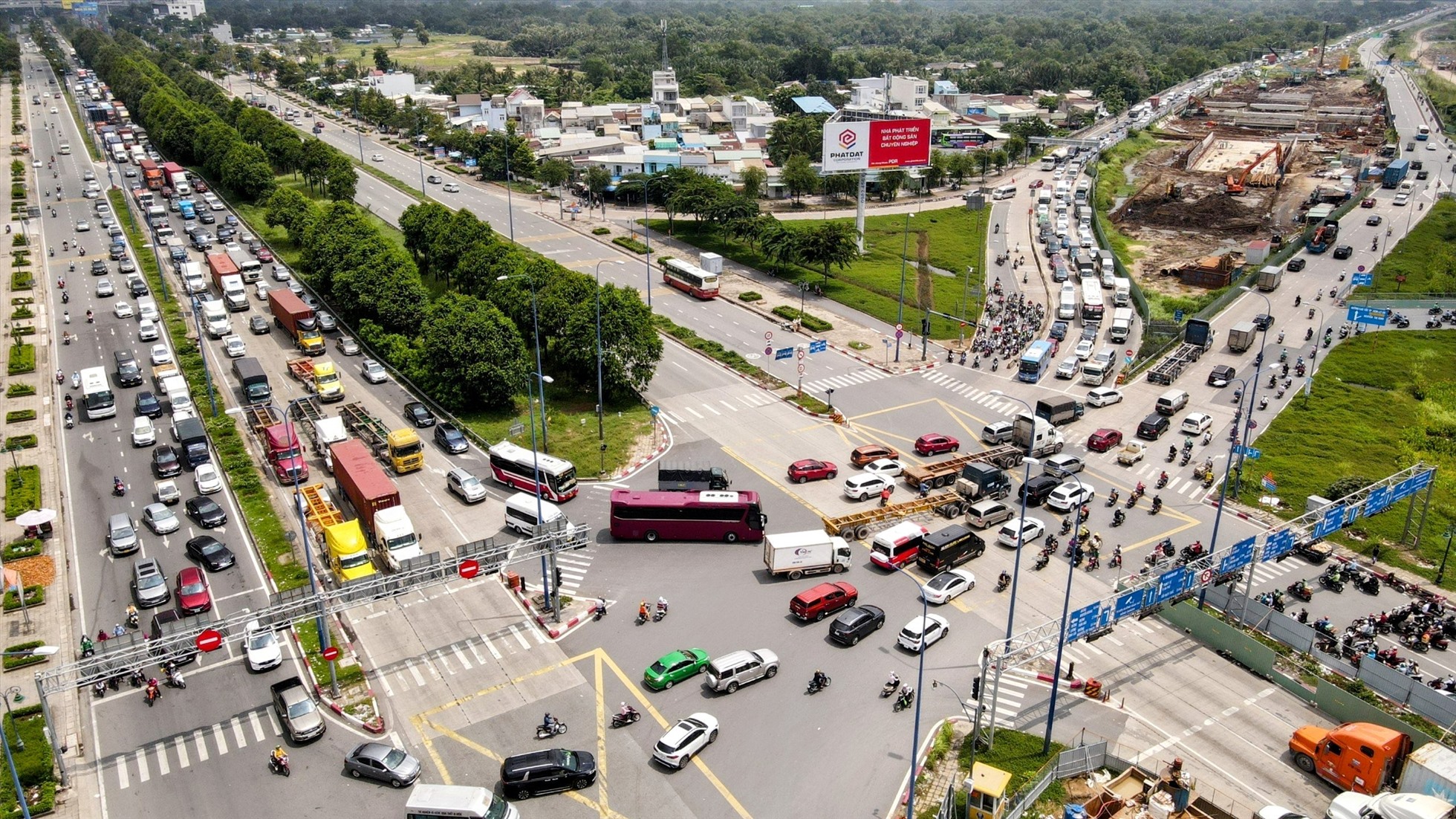
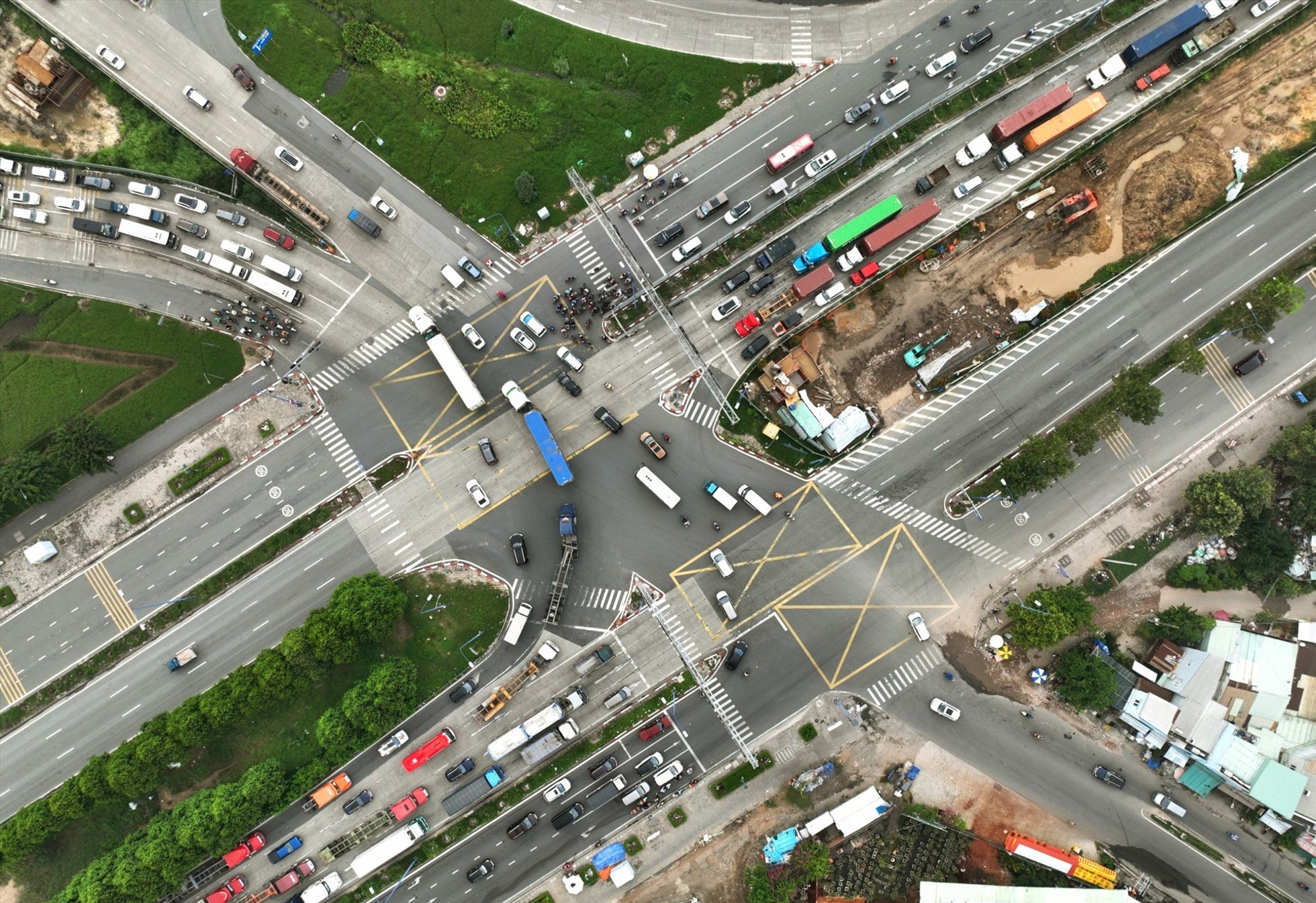
THE UNDERPASS AT THE NGUYEN VAN LINH – NGUYEN HUU THO INTERSECTION
It is on track for completion by the end of the third quarter of 2024. Known as a major bottleneck at Ho Chi Minh City’s southern gateway, this project is expected to significantly ease traffic congestion once finished. It will not only resolve traffic conflicts but also enhance the overall transportation network in District 7 and parts of Nha Be District.
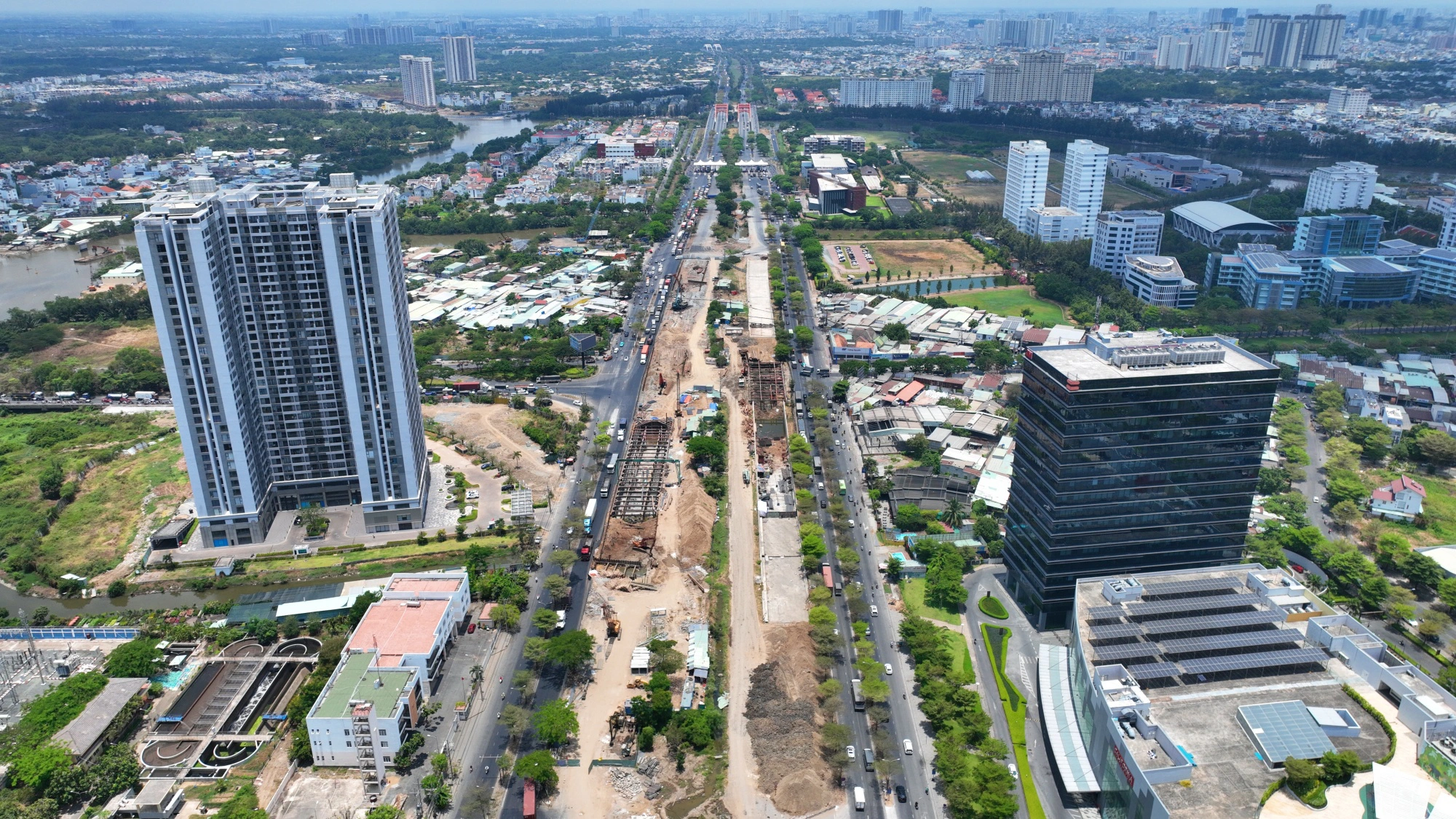
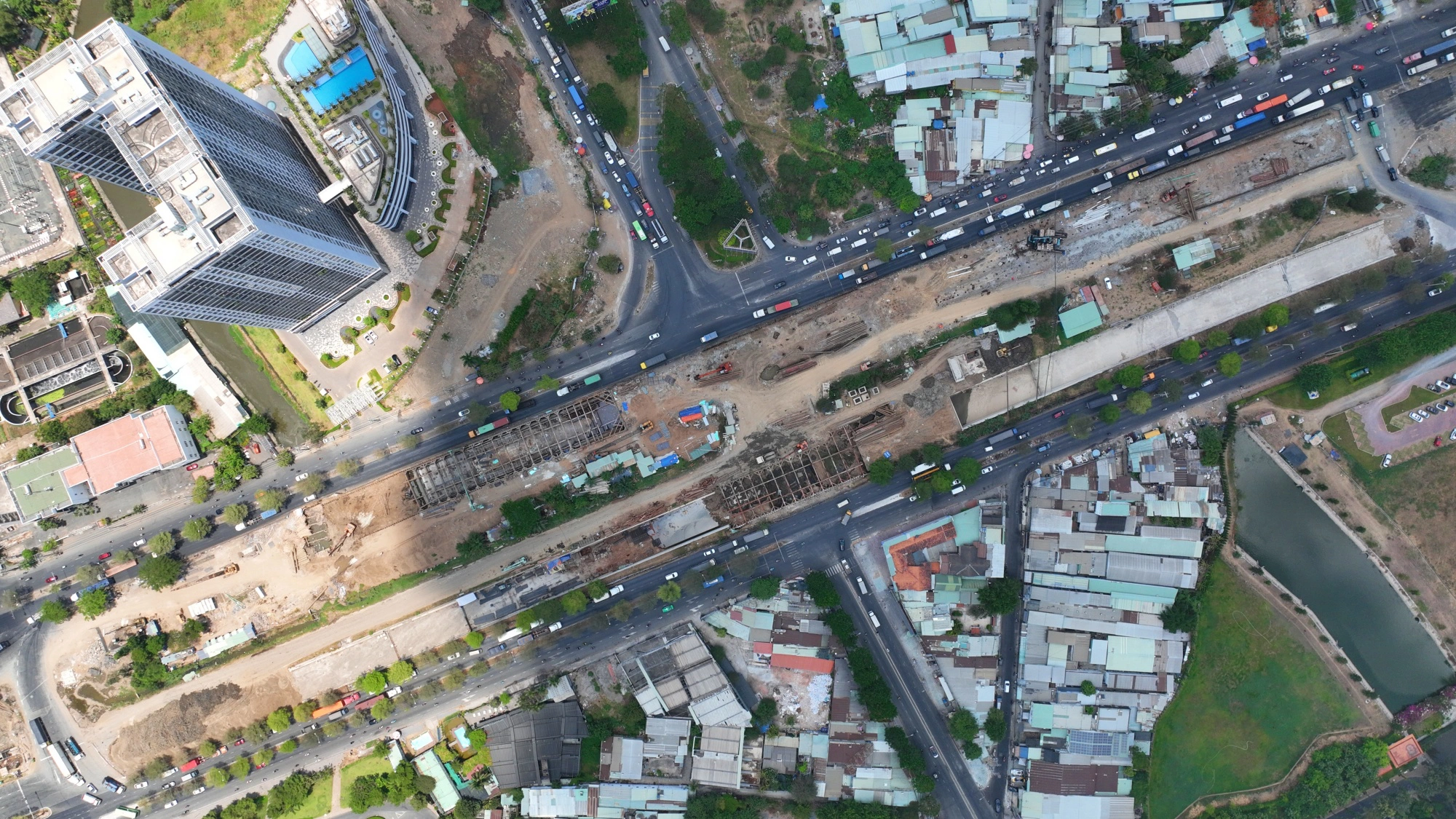
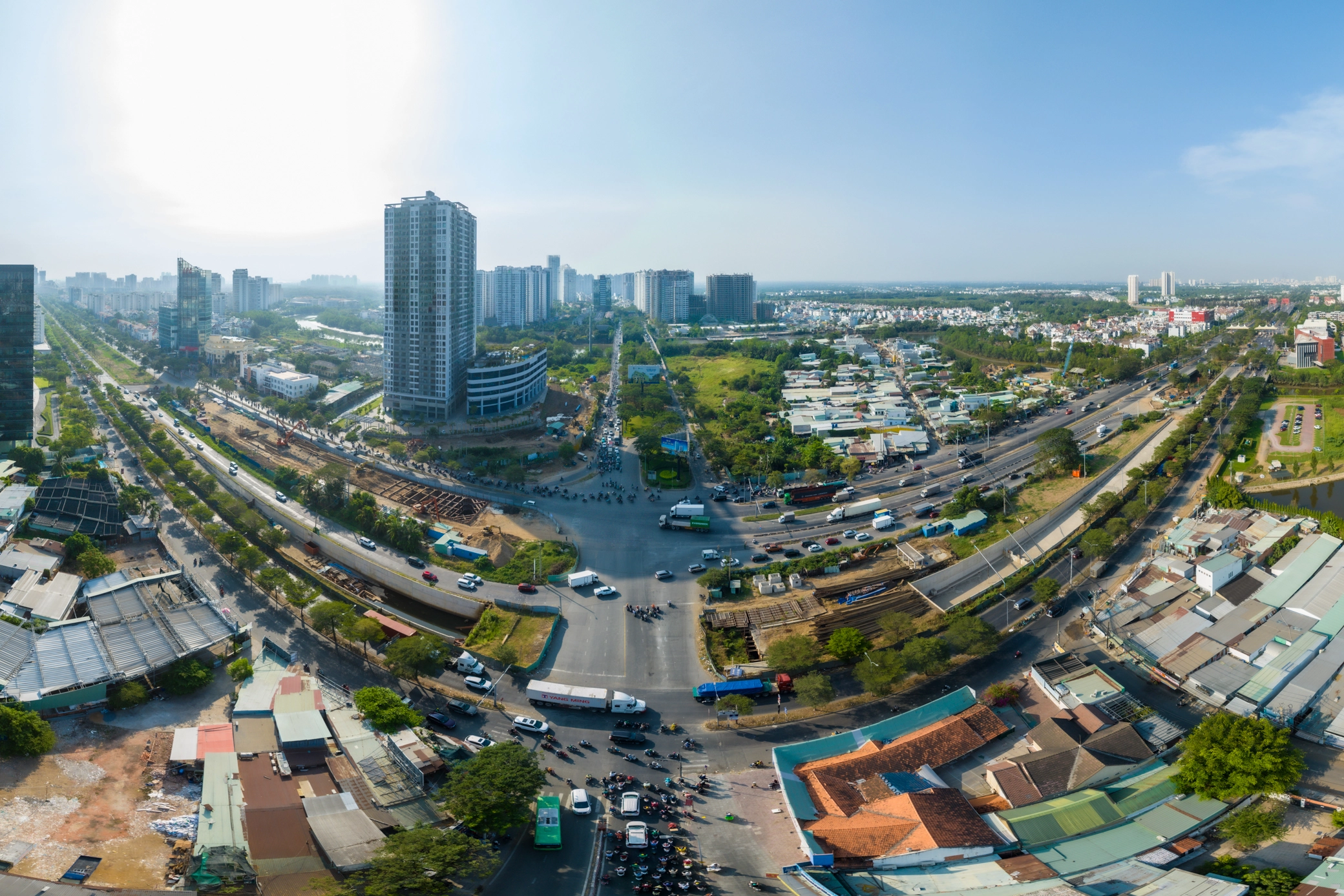
Get professional insights and purchase Vietnam properties, residential leasing and asset management, get in touch with our Residential Services team at rs@arcadia-consult.com.vn.

